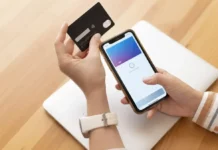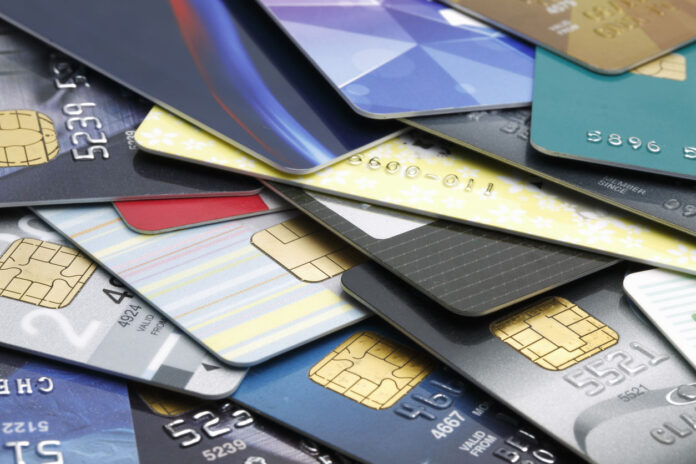There are a few factors you need to know before enabling sales on your website for the Brazilian market and starting to do cross-border transactions (when the payee and transaction recipient are in separate countries) through international acquiring. Today I will discuss three of them from a customer standpoint.
- Banks use the “tourism dollar (dólar turismo)” rate to convert purchases from USD to BRL, which has an FX spread of up to 6.00% depending on the institution, the average being 4.65%. However, If your website offers any currency other then USD, banks first covert the transaction to USD and only then to BRL.
- Every cross-border purchase is subject to a tax called IOF (imposto sobre operações financeiras) or Financial Transaction Tax, which will add 6.38% to the total value of the operation in foreign currency.
- Only about 27% of all credit cards issued in Brazil are enabled to purchase in foreign currency.
Right off the bat, your product becomes at least 10% more expensive to the end customer, simply because they hold a credit card with a Brazilian Bank Identification Number (BIN). It negatively affects their decision on whether to proceed to the checkout for products and sign up for services or not, and it’s the main reason travelers prefer to have cash when flying abroad.
If you have a subscription-based business and charge your customers in USD, it means that every month your user will see a different charge on their credit card statement, which happens due to currency fluctuation. The BRL depreciated 30% in 2020 from January to August. In other words, a 100 USD service that converted to 402 BRL on January 1, has now become 543 BRL on August 17.
It will affect every aspect of your business, and you will experience decreases in monthly recurring revenues, number of active users and signups, and an increase in churn rates.
Since acquiring new customers is more expensive than retaining existing ones, keeping a sharp eye on how the price is affecting your numbers is essential. Regionalizing prices in a market with so many restrictions on customer spending abroad will deliver value and improve retention.
Companies that have a budget for advertising in Latin American countries can offset the cost by offering their products and services in local currency. You don’t want want to be caught off guard when your expensive ad on YouTube goes viral, and your Pre Qualified Leads (PQLs) aren’t able to finalize the signup process because they can’t pay for your product in USD.
From a business standpoint, having transactions coming from abroad can get costly. If your payment processor priced you using the Interchange++ model, you could be paying upwards of 3.70% plus gateway fees to accept credit cards that were issued outside of your business’ country.
It’s a lose-lose situation because your customer pays more for your product or service, and your business can’t reach 100% of the market and ends up paying more in processing fees. Regionalizing pricing will let the end-customer pay in a way that is convenient for them, optimize the payment process, maximize your chance of reaching new markets, and build brand awareness.
Expanding your business to a different country is no longer the task of a room full of business strategists and lots of dollars in research and development. Now you can sell in BRL, MXN, COP, ECS, or PEN and get settled in USD or EUR in your company’s bank account without entering an airplane.











